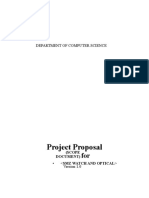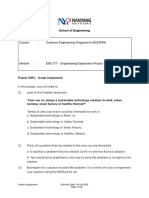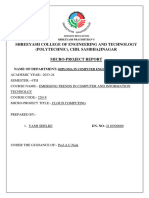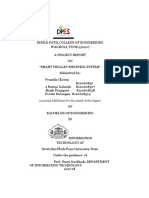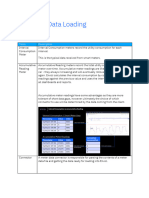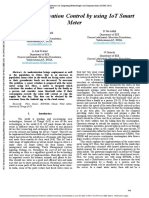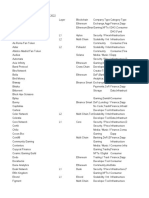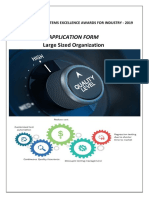0% found this document useful (0 votes)
45 views16 pagesMahavir Polytechnic Sahil
The document outlines a micro project for a product landing page developed by students at Mahavir Polytechnic, Nashik, as part of their Web Page Designing course. It details the project's vision, mission, methodology, and expected outcomes, emphasizing the importance of compact technology and practical application in education. The project aims to provide students with hands-on experience in web development and embedded systems while addressing real-world challenges.
Uploaded by
hostelmail119Copyright
© © All Rights Reserved
We take content rights seriously. If you suspect this is your content, claim it here.
Available Formats
Download as PDF, TXT or read online on Scribd
0% found this document useful (0 votes)
45 views16 pagesMahavir Polytechnic Sahil
The document outlines a micro project for a product landing page developed by students at Mahavir Polytechnic, Nashik, as part of their Web Page Designing course. It details the project's vision, mission, methodology, and expected outcomes, emphasizing the importance of compact technology and practical application in education. The project aims to provide students with hands-on experience in web development and embedded systems while addressing real-world challenges.
Uploaded by
hostelmail119Copyright
© © All Rights Reserved
We take content rights seriously. If you suspect this is your content, claim it here.
Available Formats
Download as PDF, TXT or read online on Scribd
/ 16












